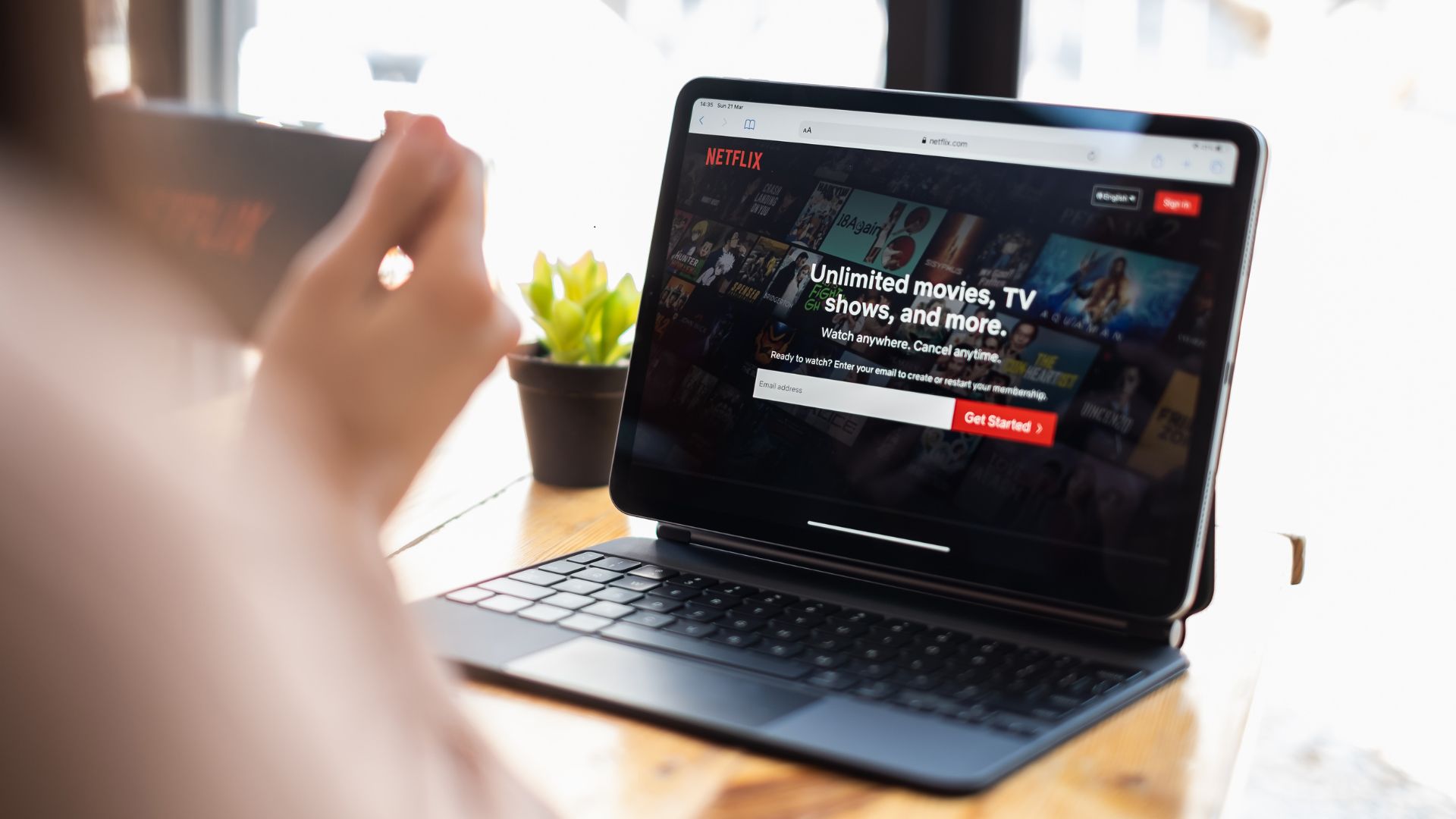Great leadership is the backbone of a healthy workplace culture. Research from Forbes shows that companies with strong cultures see up to 4× higher revenue growth. Similarly, a report from Grant Thornton and Oxford Economics found companies with extremely healthy cultures are 1.5× more likely to achieve over 15% revenue growth over three years. So, what makes a healthy team culture?
It starts at the top.
The tone, values, and adaptability of culture inevitably trickle down from the leadership through every layer of a team. But in today’s fast-paced, ever-changing work environment, the leaders who thrive are agile. The ability to be flexible and adaptable allows leaders to respond confidently to change. They can guide teams through complex challenges and maintain performance under pressure. It’s what separates the good from the great leadership.
Let’s take a closer look at what flexibility and adaptability in leadership really mean, why they matter more than ever, and how you can cultivate them to lead with resilience and make informed decisions.
What Does It Mean to Be a Flexible and Adaptable Leader?
 Being a flexible and adaptable leader means staying open to and ready for change. It means you can respond thoughtfully to challenges, and adjust your approach to suit. Let’s break down each:
Being a flexible and adaptable leader means staying open to and ready for change. It means you can respond thoughtfully to challenges, and adjust your approach to suit. Let’s break down each:
Flexibility, as defined by the Oxford English Dictionary:
Willingness to change or compromise.
Therefore, in the context of leadership, being flexible means not being stuck in your ways, but having a willingness to explore different perspectives. This can result in shifting team priorities and delegating differently.
Adaptability is defined as:
The quality of being able to adjust to new conditions.
Flexible leadership is how you respond to changes. It’s your ability to pivot plans, make timely decisions, and remain composed under pressure.
Put simply, flexibility is about being ready for change, while adaptability is how you respond once change actually happens. Think of the agile CEO who knows when to stay the course and when to pivot—whether in response to market disruption, shifting team dynamics, or a global event. These leadership traits go hand in hand with emotional intelligence: the ability to recognise, understand, manage, and influence your own emotions and those of others. Resilience is another essential quality—the capacity to adapt and bounce back from setbacks, stress, or adversity. Having both high emotional intelligence and resilience help leaders stay connected to their people while navigating uncertainty with confidence with effective leadership.
Why These Traits Matter More Than Ever
The future of work has never undergone change at such a rapid pace. With the normalisation of remote work since COVID-19, to rapid globalisation, digital disruption, and the AI revolution, uncertainty is constant. A study by the Center for Creative Leadership found that 91% of executives believe that adaptability is a critical leadership skill for success in today’s work environment. Moreover, healthy leadership styles that pivot quickly while staying true to their purpose have the edge—”purpose” being the key word here. As Simon Sinek famously said:
“People don’t buy what you do; they buy why you do it.”
While processes, strategies, and objectives may change over time, the ‘why’—your core purpose or mission, should remain constant. It’s the anchor that guides adaptable leaders through uncertainty and ensures consistency even when everything else is shifting.
Real-World Examples of Adaptive Leadership in Action
We are going to use Netflix as a case study because not only are most people aware of it (possibly even have an account) but it’s one of the most famous examples of adaptive leadership.
Netflix: A Masterclass in Adaptive Leadership Skills
 Originally a DVD rental business, whereby they mailed you the DVD to your letterbox, Netflix saw the writing on the wall. They recognised a shift in consumer behaviour early and pivoted to streaming, well ahead of the curve (hello Blockbuster).
Originally a DVD rental business, whereby they mailed you the DVD to your letterbox, Netflix saw the writing on the wall. They recognised a shift in consumer behaviour early and pivoted to streaming, well ahead of the curve (hello Blockbuster).
This required bold strategic decisions, including:
- Investing in digital infrastructure;
- Acquiring streaming rights;
- Overhauling their revenue model from per-rental to subscription-based;
- Restructured their teams and embraced a culture of innovative thinking.
By staying customer-focused and agile in the face of disruption, Netflix transformed not just its own business, but changed an entire industry forever.
How to Build Flexibility and Adaptability as a Leader
So, the question remains—how do you actually become a more flexible and adaptive leader? It starts with self-awareness. Take time to reflect on how you typically respond to change, uncertainty, or feedback. Are you open to adjusting course and change management, or do you tend to stick with what you know? Be honest with yourself.
Cultivate a growth mindset. This is the belief that skills and intelligence can be developed, which makes it easier to embrace change as an opportunity rather than a threat. There is a famous Japanese term, Kaizen, which means “continuous improvement” or “continuous learning”. It originated as a business philosophy that helped companies like Toyota become global leaders in quality, efficiency, and innovative solutions.
However, the practice of constant learning can be just as easily applied to personal development with ongoing learning. At its core, Kaizen is about small, incremental changes made regularly by everyone in an organisation, from the CEO to the factory floor, ultimately making a significant difference and professional development across the board.
Here are some more practical strategies you can implement:
- Scenario Planning: Anticipate potential challenges by imagining different future situations and preparing how you might respond to each. This helps you stay ready and adaptable when changes occur.
- Coaching and Mentoring: Encourage leaders to engage in coaching or mentoring relationships to broaden their perspective, either by guiding others or learning from someone else’s experiences. This fosters growth and flexibility in thinking.
- Cross-Functional Experience: Gain skills and hands-on exposure across different departments within your organisation. This helps you understand various roles and viewpoints, improving collaboration, open communication, and decision making.
These habits help prepare you for change and make you the kind of flexible leader others respect and trust to guide them through it.
Common Pitfalls of Inflexible Leadership
The mistakes we see most often in leadership usually come down to being too rigid or stuck in old ways or traditional leadership models. When leaders aren’t flexible, it shows, and not in a good way. Signs of rigid leadership styles might look like resisting change, sticking to rules no matter what, ignoring feedback, or struggling when things don’t go as planned.
 As a result, this can cost team morale, innovation, and performance. When leaders are stuck in their way, even when things are working as well as they should, teams often feel discouraged, creativity dries up, and collaboration suffers. Overall performance takes a hit because people don’t feel heard or valued.
As a result, this can cost team morale, innovation, and performance. When leaders are stuck in their way, even when things are working as well as they should, teams often feel discouraged, creativity dries up, and collaboration suffers. Overall performance takes a hit because people don’t feel heard or valued.
Final Thoughts
By embracing change, staying open to new ideas, and leading with resilience, you set yourself up for successful leadership. Take a moment to reflect on your own adaptability and consider sharing these insights with your team to foster a culture that thrives in uncertainty. Moreover, consider sharing this article with your team or peers, and start building your flexible leadership and adaptable team culture today.
To learn more about how flexibility and adaptability can help leadership thrive, get in touch with Priority Management today: Your trusted leaders in workspace solutions.
